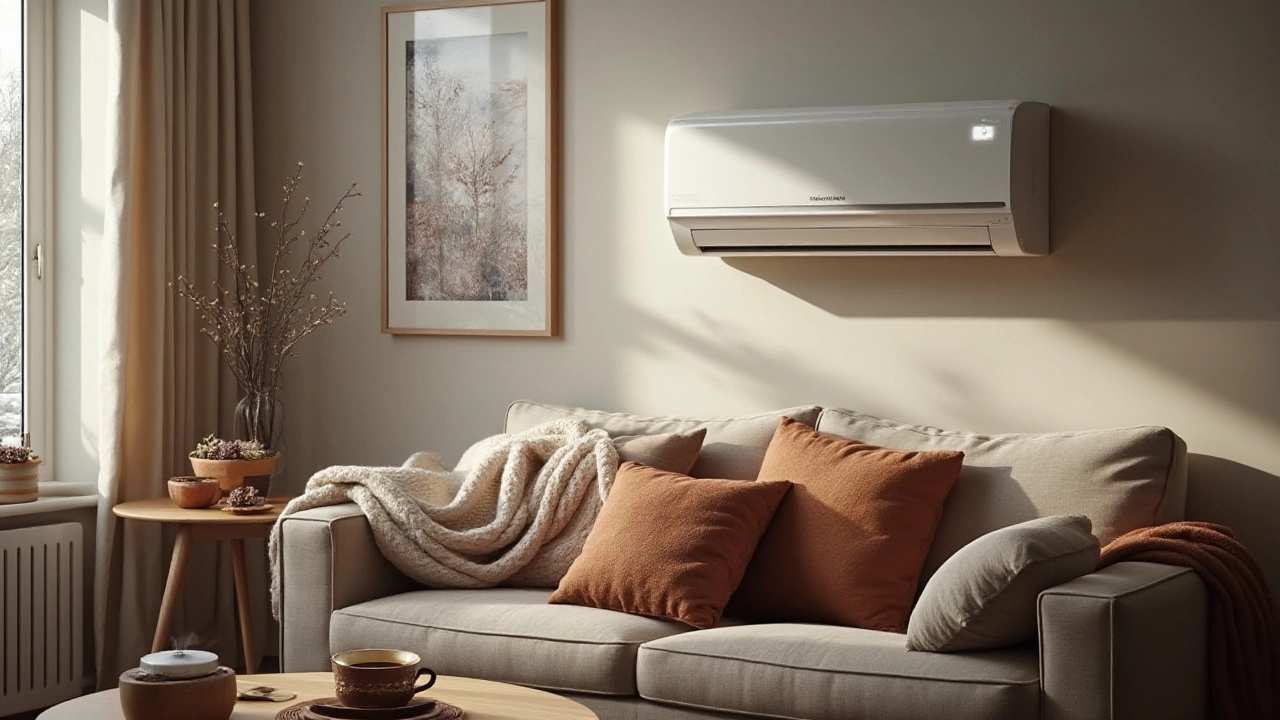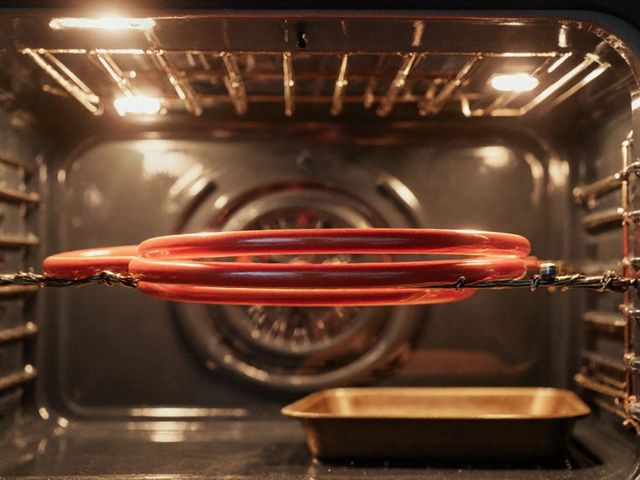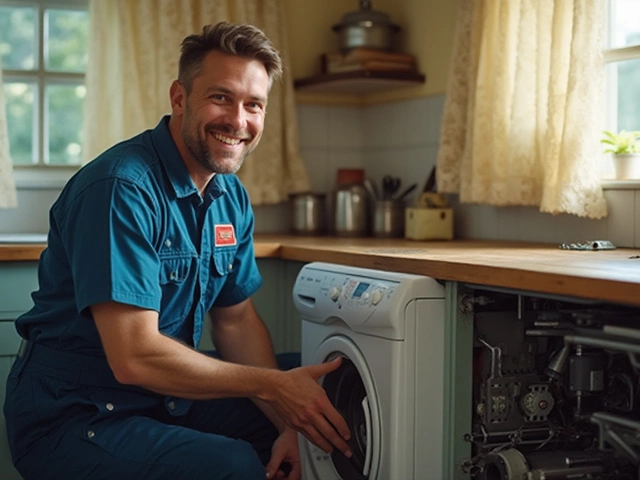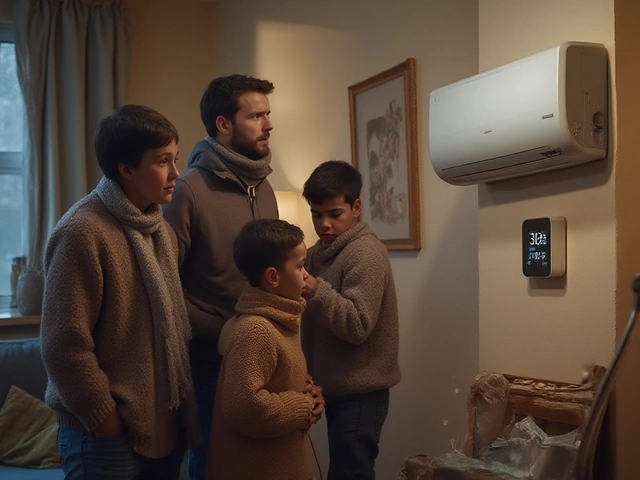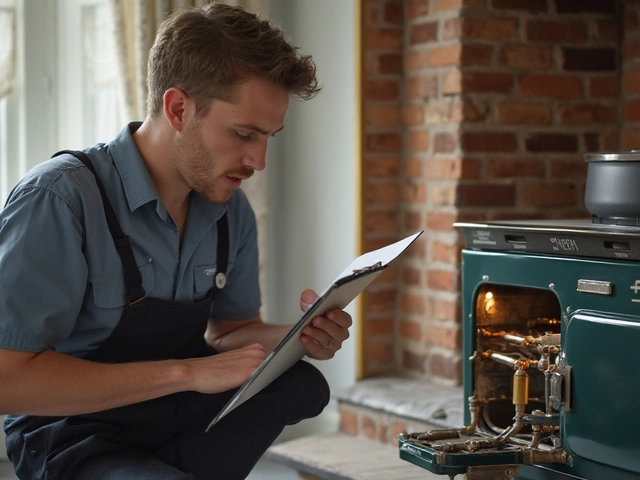Heat pumps play a pivotal role in keeping homes cozy during chilly months and cool during warmer seasons. However, like any complex system, they are not without their share of troubles. One might find themselves puzzled when the system isn’t heating or cooling as expected, driving up utility bills without delivering the comfort promised. Knowing the most common problems and potential solutions can save both time and worry.
Before delving into specific issues, it’s crucial to grasp the basics of how a heat pump operates. Unlike traditional heating systems, a heat pump transfers heat from one place to another rather than generating it. This inherent efficiency makes them a popular choice for energy-conscious homeowners. Yet, this mechanism also makes them prone to certain glitches, particularly if not maintained regularly.
Understanding Heat Pump Basics
The intricacy of heat pump repair often begins with grasping the fundamentals of how these systems operate. Unlike conventional heaters which directly burn fuel or convert electricity to heat, heat pumps function more like a refrigerator in reverse. They extract heat from the air, ground, or water outside and pump it indoors. This remarkable ability to transfer heat rather than generate it is what sets them apart as highly energy-efficient systems, effectively offering both heating and cooling solutions.
In typical applications, heat pumps are powered by a compressor and rely on a refrigerant to absorb and release heat as it travels between the indoor and outdoor units. On a particularly frosty winter morning, one might wonder how a heat pump manages to keep their home warm. The answer lies in its capacity to extract whatever ambient heat is available outside, even at temperatures as low as -4°F (-20°C), thanks to its ingenious design. In a process known as the refrigeration cycle, the refrigerant absorbs outside heat and then releases it indoors, heating your living space efficiently.
Historically, heat pumps were viewed with skepticism due to their perceived inadequacy in extreme cold. However, technological advancements have led to the development of air-source heat pumps that perform efficiently even in cold climates. According to a recent study published by the International Energy Agency, modern heat pumps are capable of providing three times more heat to a home than the energy they consume.
"The deployment of heat pumps is expected to be a key driver in reducing carbon emissions from residential heating, requiring careful policy support and consumer education," notes the IEA's 2022 report.This evolving narrative has made them increasingly popular as a sustainable alternative in both residential and commercial settings.
To truly appreciate the potential setbacks like insufficient heating or irregular cycles, it’s beneficial to familiarize oneself with a heat pump's main components. These include the evaporator coil, compressor, condenser coil, and expansion valve. Each element plays a critical role: the evaporator absorbs low-grade heat from the environment, while the compressor pressurizes the refrigerant to circulate through the system. Meanwhile, the condenser releases the heat into the interior, and the expansion valve regulates the refrigerant flow, maintaining the cycle's efficiency. Understanding these components not only aids in diagnosing problems but also emphasizes the importance of regular HVAC maintenance.
When setting up a home or office with a heat pump, it's also crucial to consider insulation. Proper insulation ensures that the heat pumped indoors isn't lost back to the outside, optimizing performance and cost savings. A useful tip for homeowners is conducting a regular audit of their insulation to curb any leaks. This proactive step can significantly enhance the heat pump's efficiency, making the most out of the energy consumed. Providing adequate insulation may improve the system’s overall operations by 10-15%, a worthy investment considering today's energy prices.
Thus, gaining a solid understanding of heat pump basics facilitates better decision-making both in managing minor repairs and retaining professional help when necessary. Recognizing a system's operational patterns and maintenance requirements can greatly enhance its longevity, offering uninterrupted comfort throughout the year.
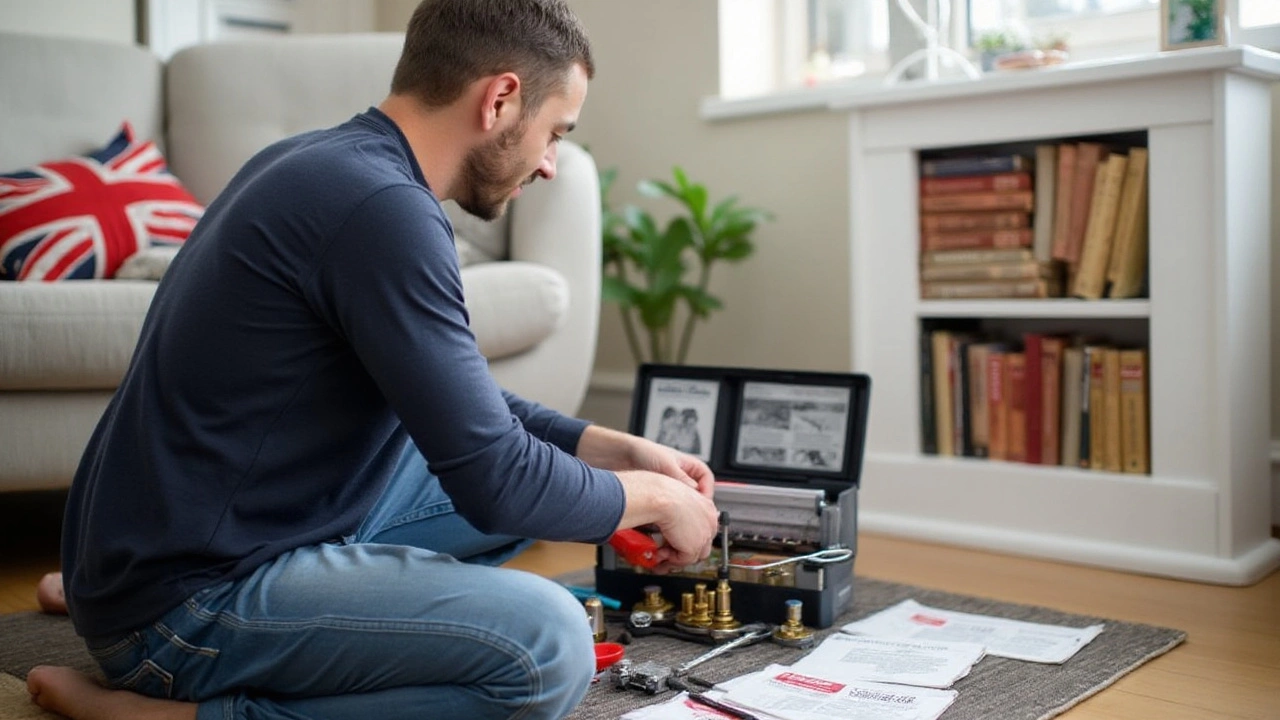
Common Heat Pump Issues
Heat pumps are versatile and efficient, but they can sometimes run into several challenges that homeowners need to watch out for. One frequent issue is a lack of heat generation. This problem often arises when the unit seems to run, but the indoor temperature stays stubbornly low, even as energy bills soar. A possible culprit behind this could be a malfunctioning thermostat or issues within the unit's compressor. The thermostat might need recalibrating or it might be installed in a poor location where it can't accurately measure the room temperature. Compressors, the heart of heat pumps, can also face failures leading to ineffectiveness in temperature control, requiring expert attention.
Another common predicament involves the heat pump’s inefficient cycling between heat and cold, known as short cycling. This usually indicates a deeper problem such as a clogged filter or an issue with the refrigerant levels. Short cycling poses a significant strain on the system, potentially leading to premature wear and higher repair costs. Regular maintenance practices such as cleaning or replacing filters and ensuring optimal refrigerant levels can prevent such issues. Moreover, it may be useful to check if the outdoor unit is clogged with debris, as this can impair performance by hindering airflow.
Unusual noises emanating from the heat pump are also a frequent concern. While some noise can be normal, especially during the defrost cycle, loud or mechanical sounds suggest issues such as loose parts or a failing motor. A buzzing noise might indicate electrical issues, whereas grinding sounds suggest potential motor failure. Addressing these noises promptly by consulting a professional can prevent small issues from ballooning into costly repairs.
Poor airflow is another vexing issue many encounter, often caused by blocked or leaky ducts. When the ductwork is not sealed properly, the heated or cooled air may escape, causing the system to work harder and offering less comfort in return. A thorough inspection by a professional can detect such leaks and blockages, ensuring efficient operation. It's worth noting that regularly cleaning and maintaining your ductwork can also help prevent this issue in the first place.
Finally, icing during the winter months presents yet another challenge. The heat pump can accumulate ice on the outside during cold weather, especially around the coils, which might lead to a complete system freeze-up if not managed. Typically, heat pumps come with a defrost cycle to handle ice, but faulty settings or components can prevent this cycle from working properly. Ensuring the defrost cycle is operational can involve adjusting settings or replacing defective parts. As Dr. Robert Smith, an HVAC specialist, once stated,
"Ensuring the defrost cycle is functioning efficiently is crucial for the longevity and efficiency of your heating system."
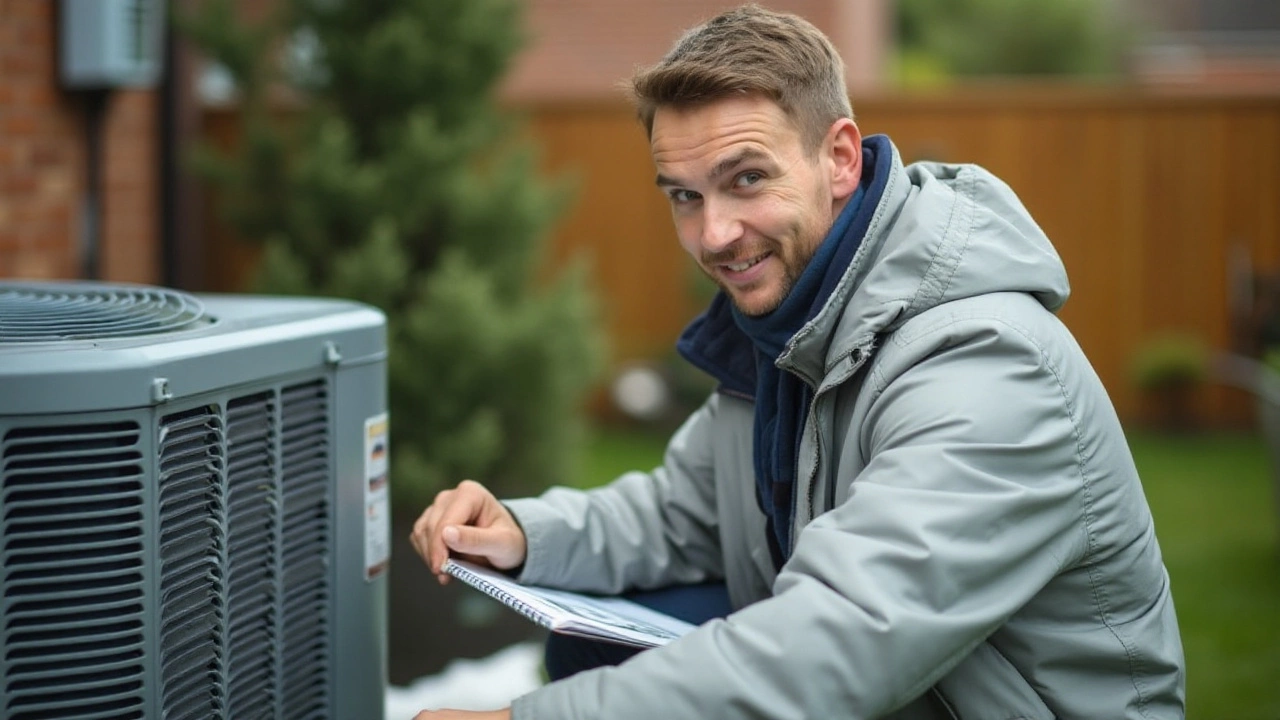
Maintenance Tips
Maintaining your heat pump is not merely about ensuring its longevity; it's about optimizing energy efficiency and upholding the comfort levels you expect in your home. Regularly servicing your heat pump can drastically reduce the frequency of breakdowns and extend its lifespan. A typical service schedule involves a bi-annual check-up — one before the heating season kicks in and one before you switch back to cooling. This proactive approach can help in identifying potential issues early and also keep your utility bills from soaring unexpectedly.
One crucial step in maintaining a heat pump is keeping the outdoor unit clean. Debris, leaves, or dirt accumulating around or within the unit can significantly diminish its performance. It's advisable to inspect the unit every month or so and remove any visible blockages. For a deep clean, a professional service is often the best option as they can ensure all parts are attended to without causing damage. According to a survey by Consumer Reports, heat pumps maintained according to manufacturer guidelines showed a 20-30% improvement in efficiency compared to neglected ones.
Equally important is attending to the indoor components. The filters in particular need regular attention; clogged filters can choke the airflow, forcing the system to work harder than necessary, leading to wear and tear. Depending on the filter type, it’s good practice to change or clean it every one to three months. Some homeowners find that investing in high-efficiency particulate air (HEPA) filters can make a noticeable difference not just to the system's efficiency but also to air quality. "A small effort in replacing your heat pump's filters can save you a lot on e-bills over its lifetime," notes the HVAC expert John Matthews.
Inspections aren't just limited to the components you see; electrical connections should also be carefully checked. Loose or corroded connections can lead to serious safety hazards like fires or could impair the system's operation. During maintenance checks, it’s recommended to ensure all electrical terminals are snug and that the unit's refrigerant levels are optimal. Any leakage should be immediately attended to by a professional, as refrigerant issues can lead to larger, costlier problems if not resolved promptly.
Programming Thermostats for Efficiency
Modern technology has brought many innovative solutions to household energy management. One is the programmable thermostat, which allows you to preset temperatures for different times of the day. By lowering the heat output when you’re asleep or away, you can significantly cut down on energy costs. Many homeowners find that setting the thermostat back by 7-10 degrees for 8 hours a day can lead to around 10% savings on heating and cooling costs annually.According to the U.S. Department of Energy, a well-configured thermostat can further enhance your heat pump's efficiency, ensuring it works only when needed, leading to fewer cycles and less strain on components.
Apart from these steps, it is also advisable to have a professional heat pump technician evaluate your system periodically. Their trained eyes can spot issues that might not be visible to the untrained eye. They can also offer personalized advice based on your specific heat pump model and environmental conditions.
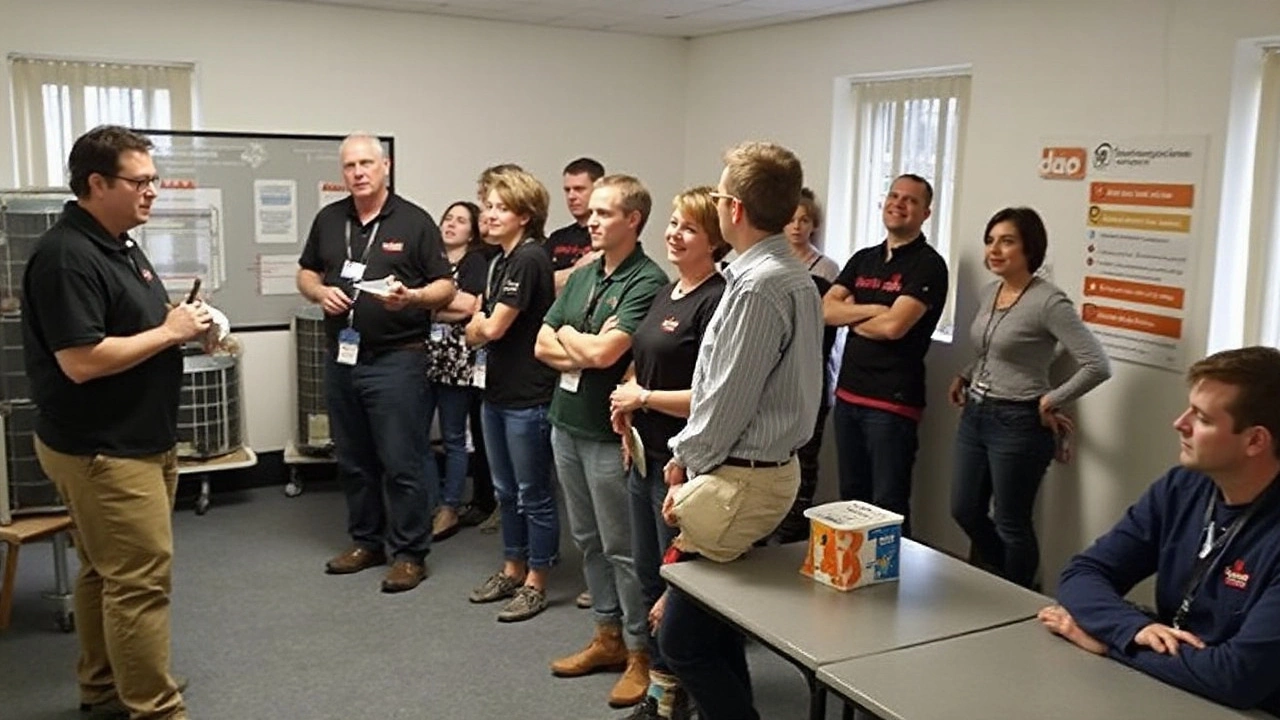
When to Call a Professional
There comes a time when, despite your best DIY efforts, the intricacies of fixing a heat pump can become overwhelming. It's crucial to recognize when calling a professional is the wisest course of action to avoid further harm to your unit or, worse, voiding guaranteed warranties. A significant indicator that you need expert help is if your heat pump stops functioning altogether. If there’s no response when you adjust the thermostat, or if the system fails to turn on or off, it’s time for a professional diagnosis. Given the complexity of the thermostat systems, this malfunction can hint at underlying electrical issues that could pose safety risks.
Another red flag is when you hear strange sounds emanating from your unit. While some sounds are just part of regular operation, consistent grinding, squealing, or grating noises often signal mechanical issues that require a trained eye. Internal components may be wearing out or getting dislodged, risking permanent damage. A professional can accurately pinpoint the source and take appropriate action to prevent further deterioration. Oftentimes, these professionals have access to specialized tools and replacements that aren't readily available in public markets.
Noticeable changes in the airflow or temperature discrepancies can also suggest deeper problems. If some rooms are significantly warmer or cooler than others or if the air from the vents feels inadequate, your unit might have a serious airflow problem. This could be due to a failing compressor, ductwork obstructions, or refrigerant leaks, which are best handled by certified technicians. Refrigerant leaks are particularly hazardous and require careful handling to avoid health risks and abide by environmental regulations.
"A refrigerant leak not only jeopardizes the efficiency of your heat pump system but can also have negative environmental impacts," explains HVAC expert Sarah Gunderson. "It's vital to tackle these issues promptly with professional expertise."
If you've already tried troubleshooting by cleaning filters, checking settings, and clearing debris, and your unit still underperforms, a professional inspection becomes essential. Regular maintenance undertaken by certified professionals can help catch potential issues early, saving you from costly replacements or extensive repairs down the road. And when energy bills unexplainably spike, this often signals that the efficiency of your heat pump is compromised. Trained HVAC specialists can conduct energy audits to identify inefficiencies and recommend optimized solutions, ensuring you enjoy comfort without breaking the bank.
Ultimately, while the temptation to fix things oneself can be strong, recognizing the limits of personal expertise is key. Professionals bring experience, certifications, and an informed, strategic approach to handling even the most nuanced heat pump repair challenges, ensuring your system is safe, efficient, and reliable. Their insights not only resolve immediate issues but extend the life of your heat pump, ensuring it serves you well across changing seasons.

